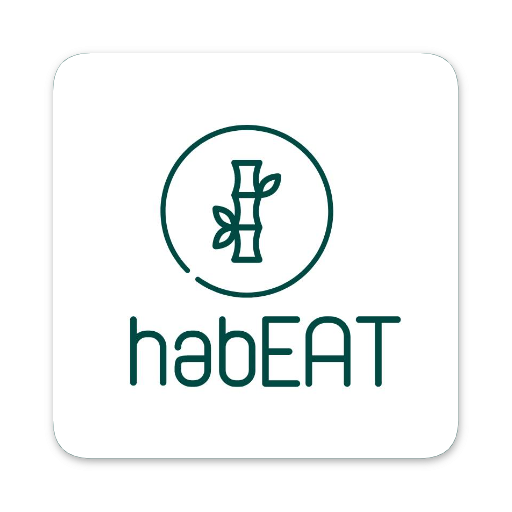Hi friend!
Each week we are going to discuss the health benefits of each color of vegetables so when you look at broccoli, for example, you don’t just see broccoli, but you see something that prevents you from getting cancer.
Today we are going to start with mighty green vegetables, there is a reason we call for 3 servings a day!

Did you know that your body is comprised of roughly 50-75 trillion cells, and in each of these cells resides a little powerhouse of energy, known as the mighty mitochondria! We know that our mitochondria produce ATP (adenosine triphosphate), a.k.a energy for our bodies. So what does this have to do with green vegetables? The inner membrane of the mitochondria cell is made up of porphyrin rings. Porphyrin rings are found in green vegetables. So by eating green vegetables (among other nutrients) daily we literally fuel our mitochondria.
Let’s look at some benefits of specific categories:
Green cruciferous vegetables (broccoli, brussels sprouts, kale, collard greens, arugula, etc) contain a compound called sulforaphane which is known to be a powerful anti-cancer tool, many studies have been done that show that it may reduce cancer progression by more than half. Other benefits include prevention of DNA damage, stalls the spread of certain cancers, acts as a defense against pollution and pathogens (foreign invaders), boosts liver detox enzymes, etc.
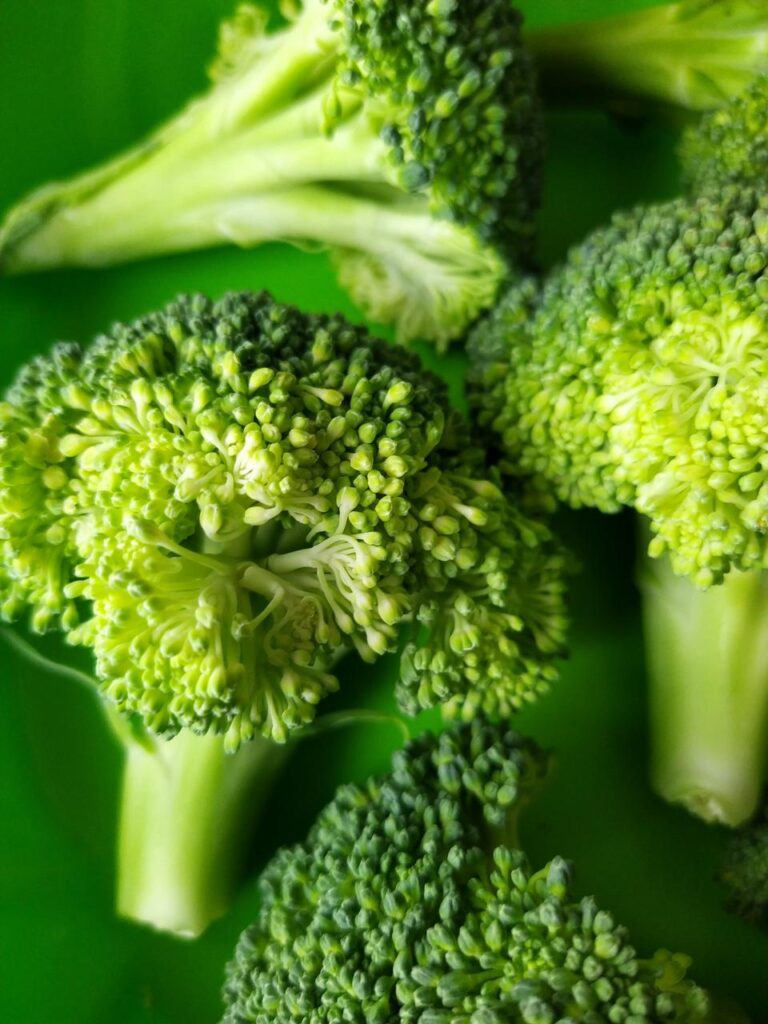
Green leafy vegetables (kale, spinach, romaine lettuce, rocket, cabbage, etc) is where you really get your bang for your buck! Low in calories, easy to digest, and high in calorie density. They are full of fiber and vitamins such as A, B, C, E and K, and minerals including calcium, magnesium, potassium, selenium, zinc, and iron. The phytochemicals (plants defense mechanisms) in them such as flavonoids and carotenoids are a powerful health-promoting tool, which can protect against heart disease, diabetes, cancer, Alzheimer’s, dementia, and other chronic diseases and inflammation.
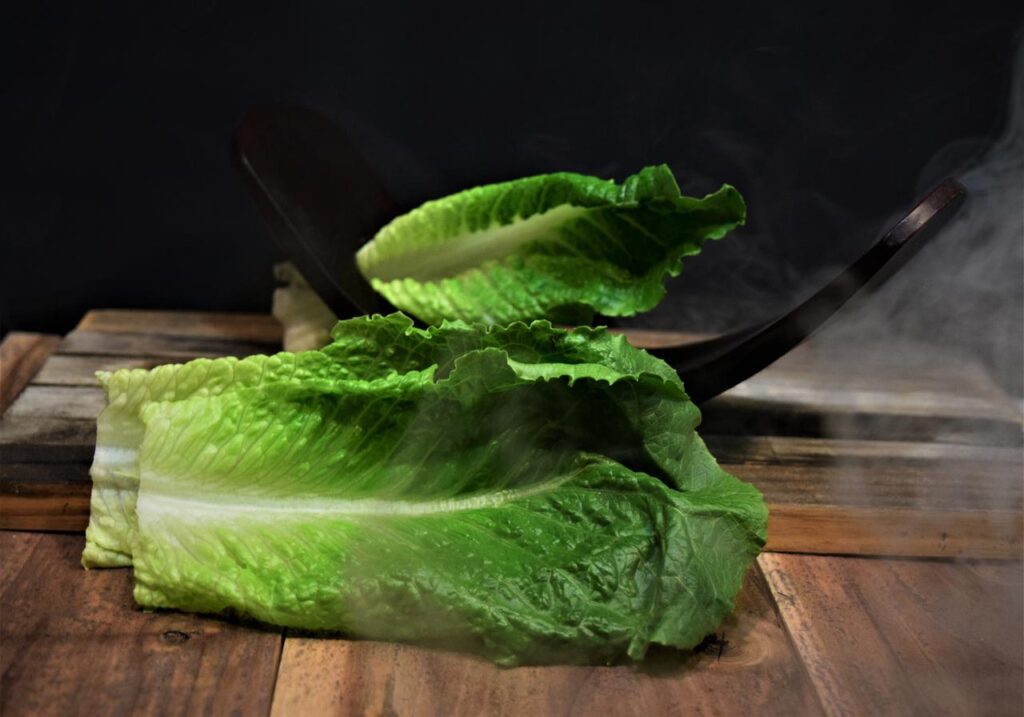
Microgreens (broccoli, mustard, kale, endive, arugula, beet greens, etc) are simply greens that are harvested when they are young before reaching maturity. They are loaded with vitamins and minerals and the nutrient density is thought to be higher due to the fact that it is harvested at such a young age. For example take the red cabbage, holding up to 40 times the amount of Vitamin C and E than a fully developed red cabbage plant. This is such a quick and easy way to boost your nutrient intake by sprinkling them over salads, soups, in sandwiches.
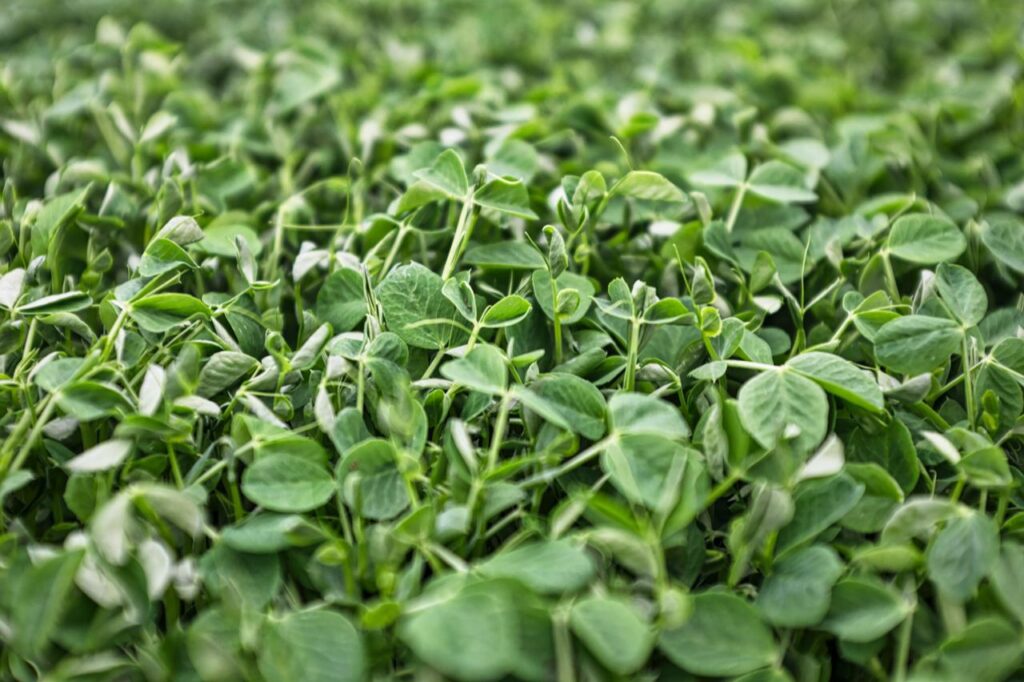
What about the oxalates in green leafy vegetables?
One of the reasons we highly recommend rotating your vegetables and fruits is because each one has their own special set of vitamins, minerals, antioxidants, and healing benefits.
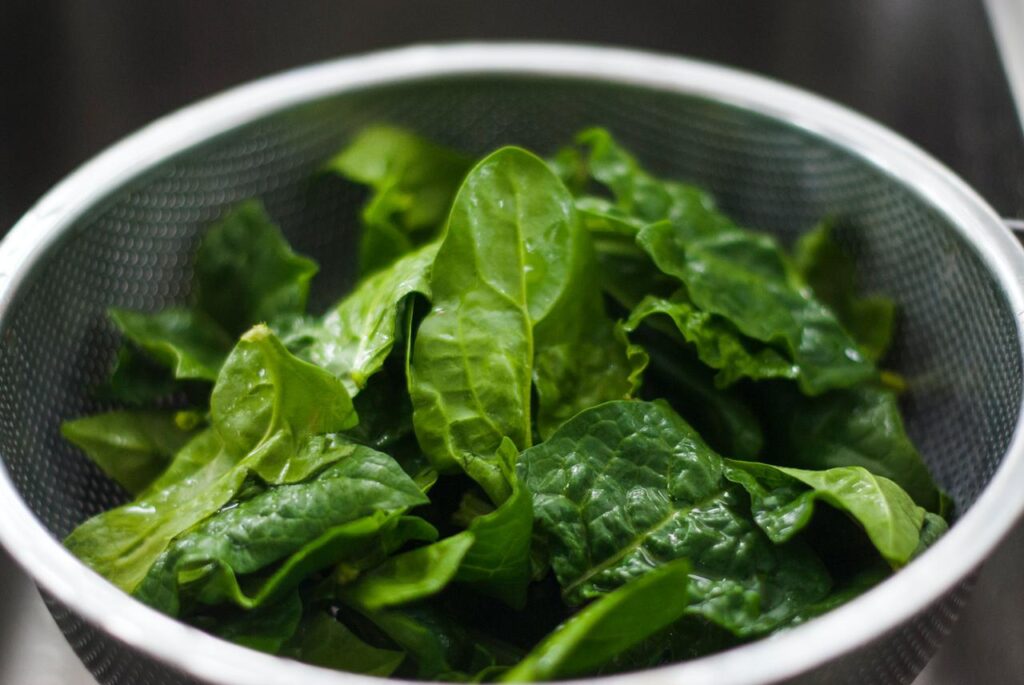
You would have heard of oxalates (organic compounds found in plants that bind to minerals such as calcium) in leafy green vegetables and how they cause kidney stones. For healthy individuals you need not fear this so please don’t cut it out! These veggies have massive benefits therefore you shouldn’t eliminate them as your body naturally gets rid of oxalates when not overdosed. Hence healthy individuals should continue to enjoy these foods.
Those with kidney issues or who are prone to kidney stones are recommended to go a low oxalate diet for a period of time.
Other high oxalate foods include almonds, rhubarb, okra, tea (instant not brewed), etc.
So which green vegetables are you going to include this week?
Build healthy eating habits – download habEAT tracker now!

Learn more about our journey
- The Female ClockThe Female Clock AKA the infradian clock! Menstruating women experience two biological […]
- You Were Born With Everything You Ever NeededLadies, since day one you were born with everything you ever needed… […]
